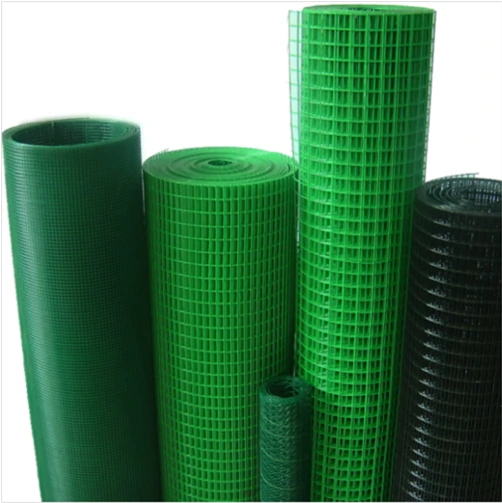price of barbed wire per kg
The Price of Barbed Wire per Kg Understanding the Factors and Market Trends
Barbed wire, a simple yet effective fencing material, has been a staple in agriculture, construction, and land management for over a century. Its primary purpose is to provide security, facilitate livestock management, and delineate property boundaries. However, the price of barbed wire per kilogram can fluctuate significantly due to various factors, impacting farmers, contractors, and consumers alike. In this article, we will explore the current market trends and the determinants that influence the pricing of barbed wire.
The Current Market Scenario
As of late 2023, the average price of barbed wire per kilogram tends to range between $0.50 to $2.00, depending on factors such as quality, coating, and gauge. Higher quality wires, often galvanized to resist rust and corrosion, command a premium price. Additionally, specialty wires designed for specific applications, such as high-tensile-strength barbed wires, can also lead to higher costs due to their enhanced durability and performance.
Factors Influencing the Price of Barbed Wire
1. Raw Material Costs Barbed wire is primarily made of steel; thus, fluctuations in steel prices directly affect the cost of barbed wire. The global steel market is influenced by various factors, including the supply-demand balance, raw material availability, and geopolitical issues. For instance, a surge in demand from countries industrializing rapidly can lead to price increases in steel, thereby raising the cost of barbed wire.
2. Manufacturing Costs Manufacturing processes, transportation, and labor costs can also influence the final price of barbed wire. Regions with higher labor costs or manufacturing overhead may see more expensive products. Additionally, manufacturers that adhere to stringent quality standards and invest in advanced technology might price their products higher due to the superior quality they offer.
3. Market Demand The demand for barbed wire is influenced by agricultural trends, urban development, and even changes in local governance concerning land use. For example, if there is a boom in construction or agriculture in a particular region, the demand for fencing materials, including barbed wire, typically increases. This heightened demand can lead to a price surge.
price of barbed wire per kg

4. Seasonal Variations Seasonal changes can also impact the pricing of barbed wire. For instance, spring and summer months usually see a rise in fencing needs as farmers prepare for livestock management and land delineation. This seasonal demand can drive prices up during peak times of the year.
5. Regulatory Factors Government regulations regarding the manufacturing and use of barbed wire can impact pricing. Regulations aimed at promoting eco-friendly materials, for instance, could lead to higher production costs initially, thus affecting retail pricing.
6. Transportation and Logistics The logistical costs associated with transporting barbed wire from manufacturers to distributors and then to the retail market can impact its price. Increased fuel costs or a shortage of logistics services can lead to higher prices due to the inflated costs of getting the product to market.
Conclusion
Understanding the factors that influence the price of barbed wire per kilogram provides a clearer perspective for consumers and businesses alike. While fluctuations in price can be unsettling for budget-constrained operations, being mindful of the larger forces at play can aid in better purchasing decisions.
As the market evolves, stakeholders should keep an eye on the steel market, construction trends, and agricultural developments to anticipate changes in pricing. Ultimately, whether for agricultural fencing, security measures, or construction projects, informing oneself about current prices and market trends will foster more effective planning and resource allocation.
In summary, while barbed wire may seem like a trivial commodity, its pricing is affected by a multitude of dynamic factors that merit consideration, ensuring that consumers make informed choices in their procurement strategies.
-
Innovations in Razor Barbed Wire Design TechnologyNewsAug.11,2025
-
Roofing Nail Compatibility with Different Metal Roof TypesNewsAug.11,2025
-
Welded Wire Mesh for Rockfall Protection BarriersNewsAug.11,2025
-
Galvanized Wire Corrosion Resistance TestingNewsAug.11,2025
-
3D Fence Solutions Preventing Bird CollisionsNewsAug.11,2025
-
Using Chain Link Fence for Urban Garden SupportNewsAug.11,2025




